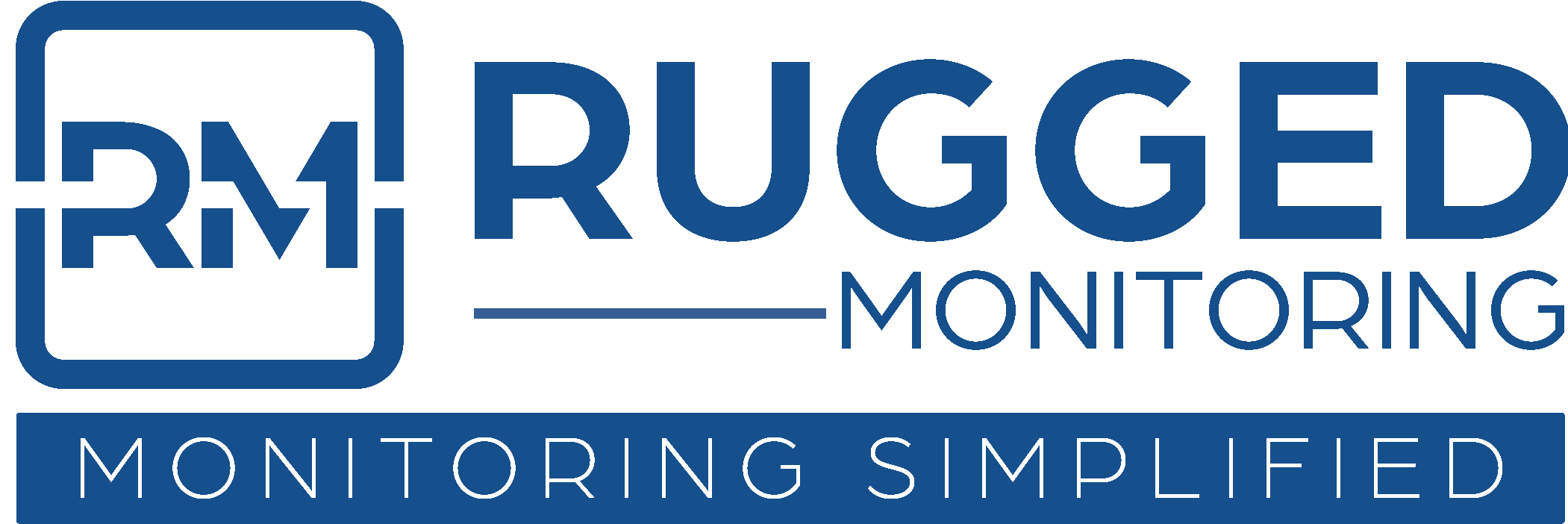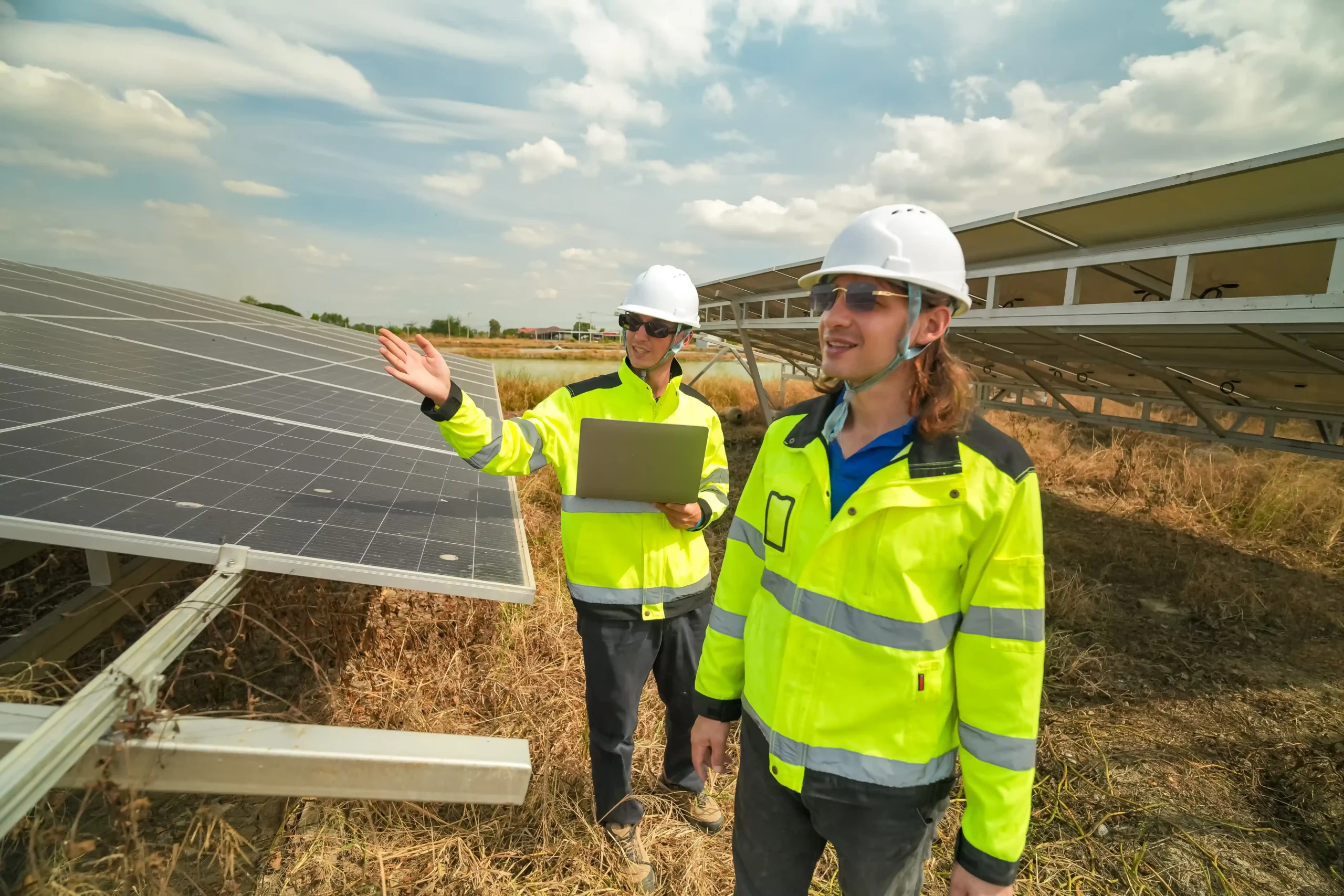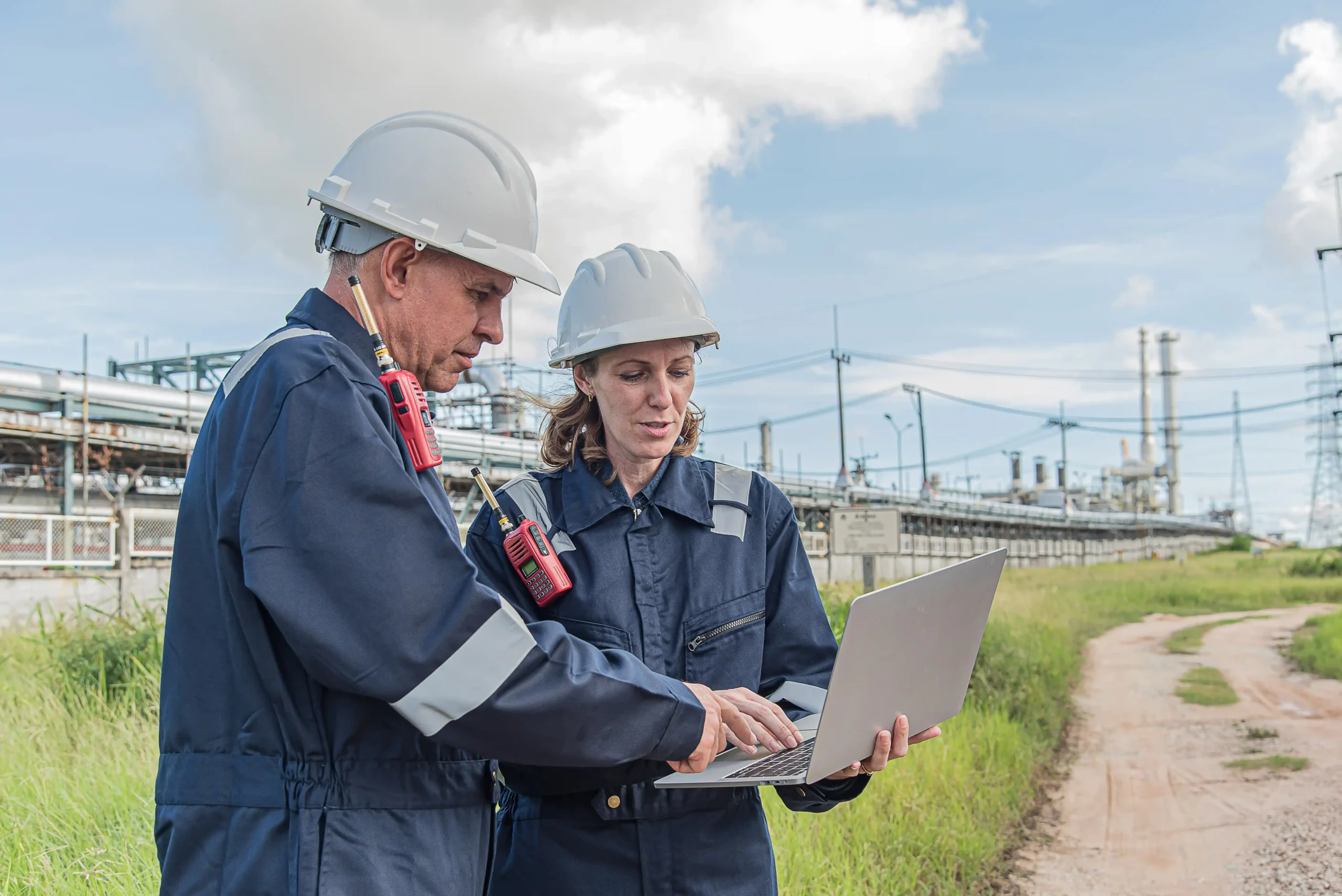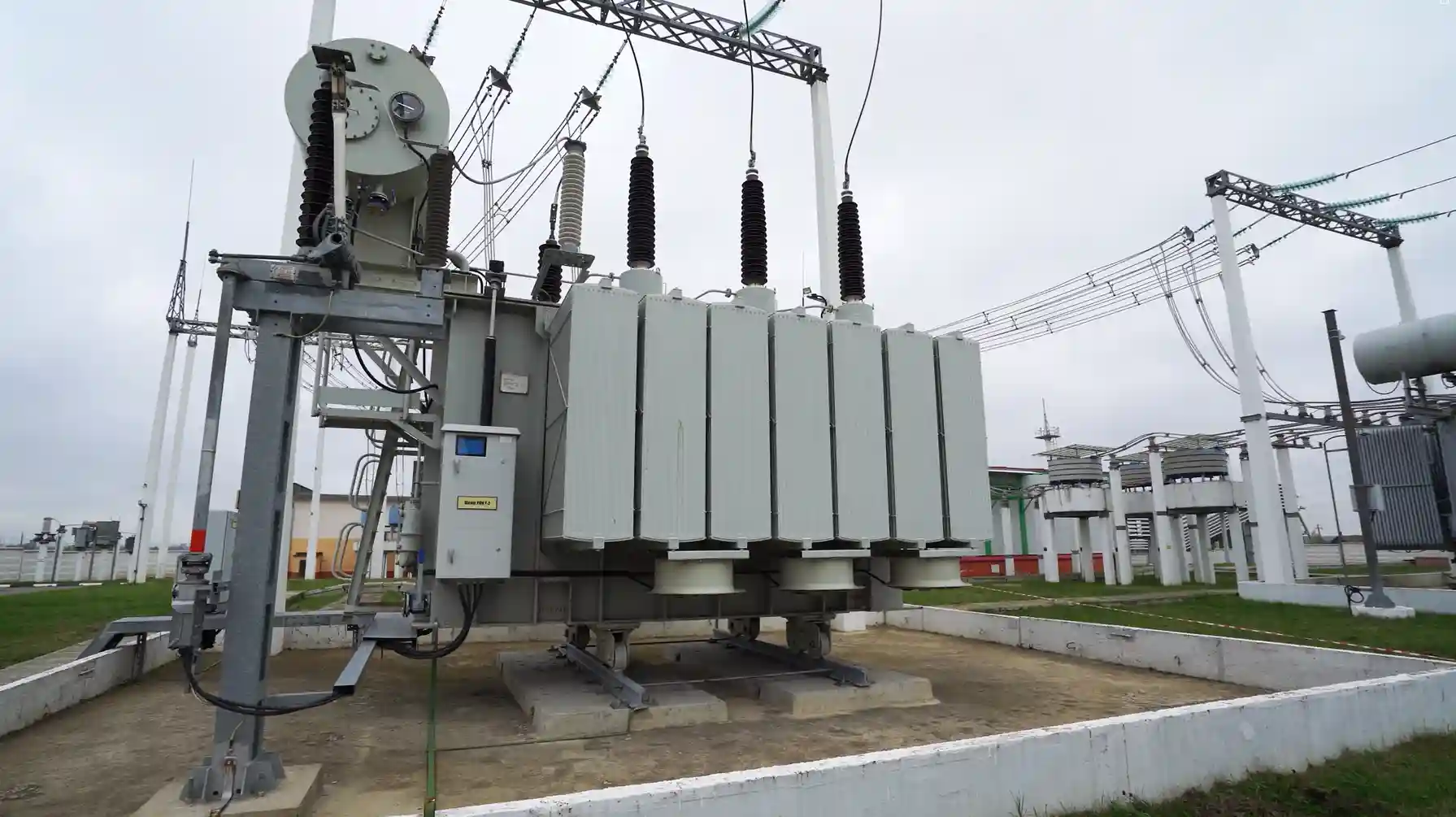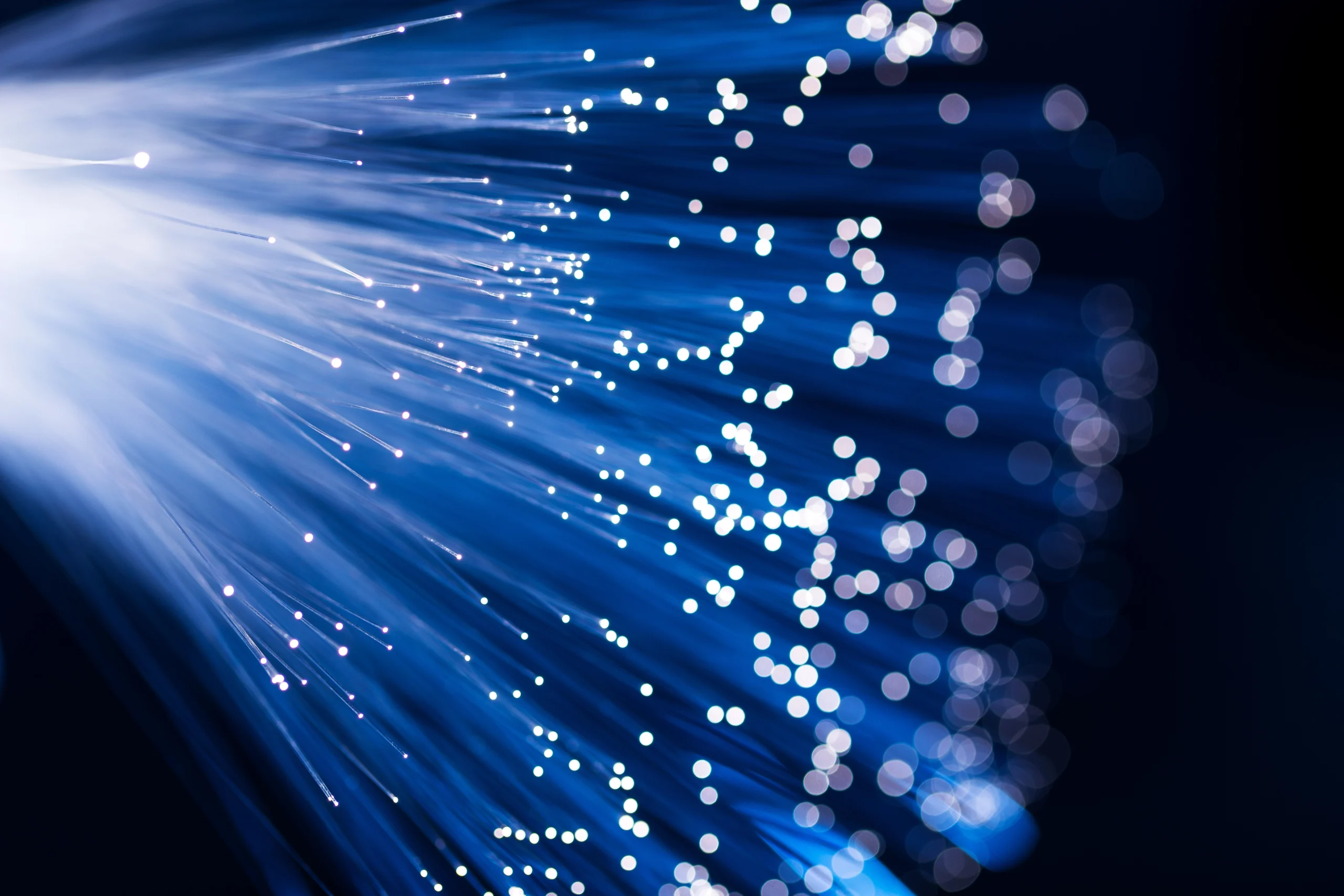Global energy demand increased by 2.2% in 2024, with electricity consumption rising by 1,100 terawatt-hours (TWh), driven by factors such as rising cooling demand resulting from extreme temperatures, growing industrial consumption, the electrification of transportation, and the expansion of the data center, according to the IEA Global Energy Review 2025.Utilities face dual challenge of ensuring profitability while addressing asset health monitoring for sustainability, balancing environmental responsibility with the rising energy needs of a growing population. Electrical asset monitoring technologies, such as Asset Performance Management (APM), provide a path to operational excellence and condition-based monitoring, enhancing asset reliability and efficiency. APM supports digital transformation in asset-heavy industries. By integrating performance and supply chain tools, it helps reduce unplanned downtime, cut costs, and drive both profitability and sustainability.
This blog explores how asset monitoring achieves a resilient and sustainable grid through strategic and technological solutions.
How Asset Monitoring Improves Grid Resilience and Sustainability
Electric grid resilience is the capability to withstand, respond to, and recover from power disruptions. The electricity grid is increasingly exposed to several sources of hazards arising from natural disasters or malicious cyberattacks. As threats grow in complexity and frequency, enhancing grid resilience has become a top priority as it demands the deployment of advanced hardware and software technologies, along with streamlined recovery processes and smarter decision-making strategies. It requires a holistic approach that begins with the consumer and expands outward, placing users at the center of the framework.
At the same time, resilience must align with sustainability. With the increasing integration of renewable energy sources and the push toward decarbonization, the grid must not only remain reliable but also support long-term environmental goals. This dual focus demands systems that balance performance with reduced environmental impact.
So, where does the grid struggle most in balancing reliability and sustainability?
The grid faces significant challenges, including aging infrastructure, extreme weather events, cyber threats, and the complexities of incorporating renewable energy. These issues underscore the urgent need to strengthen resilience and sustainability against High Impact Low Probability (HILP) incidents. From a safety perspective, improving operators’ awareness of grid vulnerabilities and hazards is crucial to enhance preparedness and mitigate potential outages effectively.
This is where asset monitoring becomes a game-changer. Powered by AI, machine learning- condition monitoring, asset monitoring technologies provide real-time insights into the health and performance of critical grid components, such as transformers and transmission lines. By shifting from reactive to proactive and predictive maintenance, these tools reduce the risk of unexpected failures, improve response times, and ensure stable power delivery. Moreover, by optimizing asset performance and extending equipment lifespan, asset monitorkeyworing minimizes resource consumption and emissions, directly supporting grid sustainability.
What are the strategies for asset health monitoring to support sustainability and grid resilience?
As we look to electrical asset condition monitoring for grid assets, the solutions enhance both your operational excellence and resilience, as well as sustainability initiatives. These are some of the strategies you should consider:
-
Robust Cybersecurity to Prevent Downtime
Protect grid assets from evolving cyber and physical threats, such as ransomware or unauthorized access, that can disrupt operations, leading to energy waste and compromised reliability. Real-time asset monitoring security addresses these risks through zero-trust frameworks, which employ layered protections like advanced authentication (e.g., biometrics), encrypted communications, and real-time intrusion detection. These systems monitor anomalies that could indicate a rapid response to potential threats. By safeguarding grid infrastructure, it prevents equipment failures before they occur. Adopting such solutions minimizes unplanned outages, which could result in significant energy losses, aligning with data-driven energy reliability goals.
-
Smart Grid Monitoring for predictive maintenance
Smart grid technologies are crucial for building a resilient and sustainable grid, supporting asset health monitoring for sustainability. Advanced features like automated fault detection and quick power restoration minimize outages. The integration of sensors and condition monitoring devices throughout grid assets provides real-time data on critical parameters, such as weather-related impacts, allowing the grid to adapt dynamically to challenges like extreme environment or temperature fluctuations. This real-time responsiveness reduces outage risks and supports data-driven energy reliability. By combining advanced analytics and Artificial Intelligence (AI) enhances grid performance by predictive maintenance. It helps to highlight inefficiencies to support cleaner energy adoption, fostering sustainable energy future.
-
Integrating Renewable Energy with Monitoring Systems
As the world shifts toward cleaner energy, balancing grid stability with sustainability is paramount. Decentralized power generation, driven by renewable sources like solar and wind, offers significant benefits, including the potential to achieve up to 90% of CO2 emission reductions. Grid infrastructure will need to integrate emerging technology for real-time condition monitoring. These systems allow utilities to balance energy demand supply dynamically, ensuring stability under unpredictable circumstances. Resilient grid solutions not only prepare communities for disruptions but also optimize renewable resources for long-term sustainability. By empowering renewable energy, the system supports environmental objectives to achieve long-term, sustainable growth and safeguarding future generations.
-
Modernizing Infrastructure with Distributed Energy Resource Management
Modernizing the grid is the next step to ensure grid resilience. Upgrading aging grid infrastructure with advanced, interconnected technologies improves communication and coordination. This significantly reduces the frequency and impact of power outages. By integrating distributed energy resource (DER) management systems, utilities can optimize energy flow and reduce stress on infrastructure. Grid modernization also benefits consumers by providing access to real-time energy data, enabling better management of consumption and costs. For utilities, it enhances security and supports greater integration of renewable energy sources. Microgrids, a key aspect of modernization, boost energy efficiency, lower costs, and improve resilience by providing a reliable, independent power supply, ensuring a more sustainable and robust energy future.
-
Optimizing Energy Storage for Stability
Energy storage solutions are vital for integrating renewable energy sources, addressing their intermittent nature, such as storing energy from photovoltaic panels for use during cloudy days. Energy storage systems mitigate fluctuations in renewable generation and demand by capturing surplus energy during periods of high production or low demand and releasing it when needed, thereby preventing blackouts. They also facilitate distributed energy resource (DER) integration, offering localized storage to ease the burden on distribution networks. AI-driven battery management systems streamline frequency and voltage regulation, reducing network charges and stabilizing the grid. During extreme harsh environments, sudden load changes, or cyberattacks, energy storage units can help restore balance, preventing outages and maintaining data-driven energy reliability.
Asset health monitoring is key to building a resilient and sustainable grid. By monitoring critical assets such as transformers, circuit breakers, switchgear, and energy storage systems, utilities can reduce outages, enhance reliability, and integrate renewable energy sources more effectively. Rugged Monitoring’s Solutions, like intelligent IoT Sensors, Edge-Devices, and Enterprise APM Suite, RM EYE. Our solutions facilitate the digitization of condition monitoring through AI-ML driven decisions and the capability of digital twins, ensuring secure, disaster-resilient grid operations that empower asset reliability.
